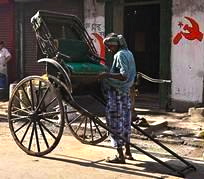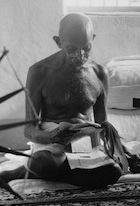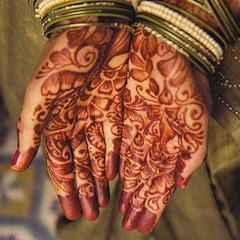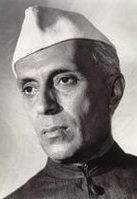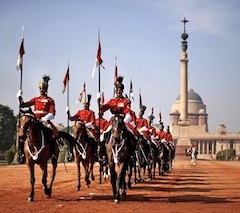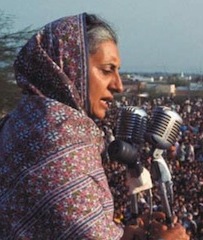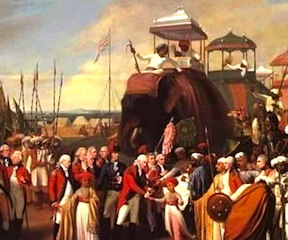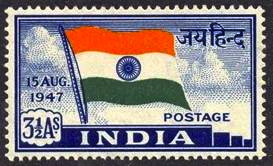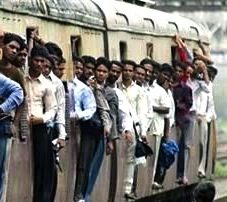A moment comes, which comes but rarely in history, when we step
out from the old to the new; when an age ends; and when the soul
of a nation long suppressed finds utterance... At the dawn of
history India started on her unending quest, and trackless
centuries are filled with her striving and the grandeur of
her successes and failures. Through good and ill fortune
alike she has never lost sight of that quest or forgotten
the ideals which gave her strength. We end today a period
of ill fortune and India discovers herself once again.
|
|
óJawaharlal Nehru (1947) |
THIS
COURSE surveys the fascinating history of the Indian subcontinent from the end of the eighteenth
century to the present day. We will begin by briefly examining Indian society in the twilight of the
Mughal Empire and the early years of European colonial expansion. Our study will then span the social,
cultural, political, economic, military, and technological development of India during the heyday of
the East India Company and, later, the British Raj. We will next trace the rise of competing visions
of Indian nationalism and the struggle for independence. Lastly, we will look at the political,
social, and economic developments in the nations of present-day South Asia and their impact on
the world.
The study of the modern South Asia is an ambitious undertaking. It is a vast and complex subject and
requires from the student of history a good measure of intellectual curiosity, open-mindedness, and
willingness to venture into unfamiliar territory and encounter new historical narratives and controversies.
It is not the goal of this course to offer a comprehensive treatment of all aspects of modern South Asia's
rich and complex history. We will, however, be introduced to the most important themes and debates in
South Asian historical scholarship from a wide range of perspectives.
Readings for this course will combine historical scholarship with literature and primary source documents from
different periods. Students are encouraged to view all of these sources as historical texts and to consider
broader questions about the nature of South Asian and non-South Asian societies and their interaction with each
other. In doing so we are forced to reconsider the significance of terms such as tradition, modernity,
imperialism, religion, migration, culture, gender, "East" and "West." Through the critical study of
history, we encounter ourselves, and the world in which we live, in new and interesting ways.
This is an introductory course for which there are no prerequisites; students from other disciplines are welcome. This course counts as an elective in the international affairs major, the Asian studies minor, the Middle East and North African studies minor, and the ethnic studies minor. HIST 217 also satisfies the following three categories for General Education: (1) Historical Perspectives, (2) Global Perspectives, and (3) Culture, Power, Identity.
|


